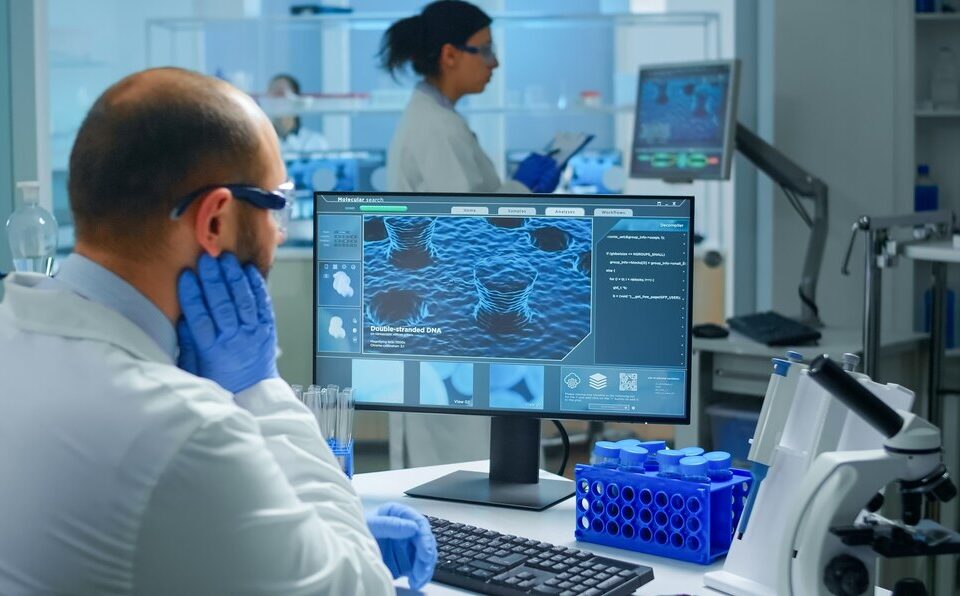What Is Difference Between APIs And Intermediates

CMO And CDMO Services Company in India
December 31, 2024- API intermediates list
- API intermediates manufacturers in India
- API intermediates meaning
- raw material and ...
- What are intermediaries in the pharmaceutical industry?
- What is a pharma intermediate?
- What is an APIï¼Difference among API
- What is the difference between API and drug product?
- फारà¥à¤®à¤¾ à¤à¤à¤à¤°à¤®à¥à¤¡à¤¿à¤à¤ à¤à¥à¤¯à¤¾ हà¥?
In the world of pharmaceuticals and chemical manufacturing, understanding the difference between Active Pharmaceutical Ingredients (APIs) and intermediates is crucial. These terms play a significant role in drug production and are essential for ensuring the quality and efficacy of medicines. Letâs explore these two components, their roles, and how they differ.
What Are APIs?
Active Pharmaceutical Ingredients (APIs) are the primary components responsible for the therapeutic effects of a drug. When you take a medication, the API is the part that delivers the intended health benefits. APIs can be derived from various sources, including:
- Natural sources (plants, animals, or microorganisms)
- Chemical synthesis
- Biotechnology
For example:
- In a pain relief tablet, paracetamol is the API.
- In antibiotics, amoxicillin serves as the API.
APIs are produced under stringent quality controls to ensure their purity, potency, and safety. They must comply with regulatory standards, such as those set by the FDA or EMA.
What Are Intermediates?
Intermediates are chemical compounds formed at intermediate stages during the synthesis of an API. They are not the final active ingredient but serve as precursors in the production process.
For example:
- In the synthesis of paracetamol, p-aminophenol is an intermediate.
Intermediates are crucial for creating the complex structures required for APIs. While they do not have therapeutic effects themselves, they are vital for the step-by-step process leading to the final product.
Key Differences Between APIs and Intermediates
| Aspect | APIs | Intermediates |
|---|---|---|
| Definition | Final active ingredient in a drug. | Chemical compound formed during API production. |
| Function | Provides therapeutic effects. | Acts as a precursor in API synthesis. |
| Therapeutic Value | Direct therapeutic effects. | No direct therapeutic effects. |
| Regulatory Standards | Strict compliance required. | Less stringent compared to APIs. |
| Final Form | Used in finished pharmaceutical products. | Processed further to produce APIs. |
The Role of APIs and Intermediates in Pharmaceutical Manufacturing
1. APIs
- APIs are at the core of pharmaceutical formulations.
- They determine the dosage, effectiveness, and safety of a drug.
- Manufacturing involves advanced technologies, such as bioreactors and crystallization techniques.
2. Intermediates
- Intermediates simplify the production of APIs by breaking complex processes into manageable steps.
- They enable scalability and efficiency in API synthesis.
- Manufacturing intermediates often involves chemical reactions like esterification, reduction, or hydrolysis.
FAQs About APIs and Intermediates
1. Are APIs and intermediates the same?
No, APIs and intermediates are different. APIs are the active ingredients in medications, while intermediates are the compounds formed during the production of APIs.
2. Why are APIs regulated more strictly than intermediates?
APIs are directly used in medicines and affect human health, necessitating strict regulatory compliance. Intermediates, on the other hand, are intermediate compounds and do not directly impact health.
3. Can intermediates be sold as standalone products?
Yes, intermediates can be sold to other manufacturers for further processing into APIs.
4. How are APIs tested for quality?
APIs undergo rigorous testing for purity, potency, and stability using advanced analytical techniques like High-Performance Liquid Chromatography (HPLC) and Mass Spectrometry (MS).
5. What industries use intermediates apart from pharmaceuticals?
Intermediates are also used in:
- Agrochemicals
- Dyes and pigments
- Polymers
- Specialty chemicals
6. Are all APIs synthetic?
No, APIs can be synthetic, semi-synthetic, or derived from natural sources. For instance, antibiotics like penicillin are derived from microorganisms.
7. What are some challenges in API manufacturing?
Challenges include:
- High production costs
- Strict regulatory requirements
- Ensuring environmental sustainability
8. Can intermediates have any pharmacological effects?
Typically, intermediates do not have pharmacological effects as they are not the final active compounds.
9. What is the role of intermediates in API synthesis?
Intermediates serve as essential building blocks in the multi-step synthesis of APIs, ensuring precision and efficiency.
10. Why is there a growing demand for APIs?
The increasing prevalence of chronic diseases and advancements in biotechnology have led to a surge in demand for high-quality APIs.
Why Choose Valence Labs for APIs and Intermediates?
At Valence Labs, we specialize in manufacturing high-quality APIs and intermediates. Our expertise ensures:
- Compliance with international standards: We adhere to stringent regulatory guidelines.
- State-of-the-art facilities: Our advanced infrastructure enables precision manufacturing.
- Custom solutions: We offer tailored solutions to meet specific industry needs.
Conclusion
Understanding the distinction between APIs and intermediates is essential for professionals in the pharmaceutical and chemical industries. APIs are the therapeutic backbone of medicines, while intermediates are the critical steps in their creation.
By ensuring quality at every stage, from intermediate production to API manufacturing, companies like Valence Labs play a pivotal role in delivering effective and safe medications to the global market.
For more insights or to explore our product offerings, visit Valence Labs today!






